Three rivers - the Allegheny, Monongahela, and Ohio - join in Pittsburgh, making the city a natural site for the building of bridges. But the Smithfield Street Bridge stands apart from other Pittsburgh bridges for several reasons: it replaced structures by two well-known bridge engineers, Lewis Wernwag and John A. Roebling; it was the first use in America of the lenticular - or lens-shaped - truss design; and it was one of the first major bridges in the U.S. built primarily with steel.
Blast Furnace
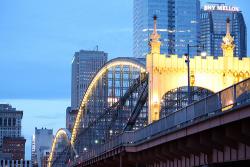
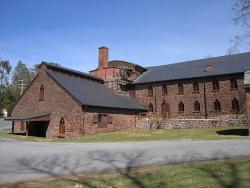
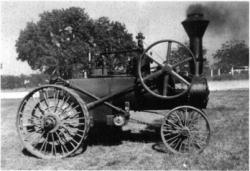
These engines, built by Cooper & Co., of Mount Vernon are among the oldest surviving agricultural steam engines to show the evolution from the portable, skid-mounted engine (ca. 1860) to the horse-drawn engine (1875), through the self-propelled but horse-guided engine (1875) and finally to the self-propelled, self-steered traction engine (1883). Such engines powered the conversion to mechanized farming, which was a great hallmark of the Industrial Revolution.
Innovations
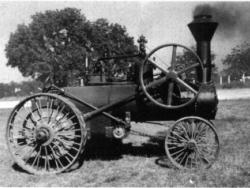
These engines, built by Cooper & Co., of Mount Vernon are among the oldest surviving agricultural steam engines to show the evolution from the portable, skid-mounted engine (ca. 1860) to the horse-drawn engine (1875), through the self-propelled but horse-guided engine (1875) and finally to…
Read More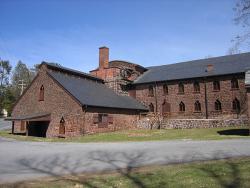
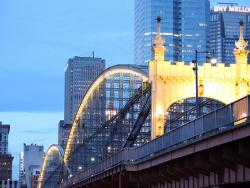
Three rivers - the Allegheny, Monongahela, and Ohio - join in Pittsburgh, making the city a natural site for the building of bridges. But the Smithfield Street Bridge stands apart from other Pittsburgh bridges for several reasons: it replaced structures by two well-known bridge engineers, Lewis…
Read More

